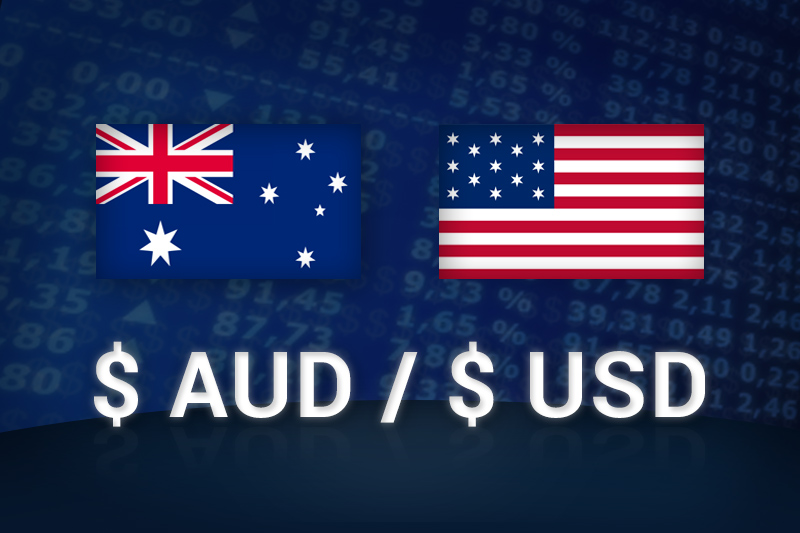Investing.com - The Australian dollar rose against its U.S. counterpart on Thursday, supported by strong manufacturing data out of China as well as by expectations for the Federal Reserve to hold off from tapering its stimulus program for now.
AUD/USD hit 0.9671 during late Asian trade, the session high; the pair subsequently consolidated at 0.9659, gaining 0.39%.
The pair was likely to find support at 0.9528, the low of October 17 and resistance at 0.9756, Wednesday's high and a five-month high.
The Aussie gained ground after the preliminary reading of China’s HSBC manufacturing index for October rose to a seven-month high of 50.9, up from a final reading of 50.2 in September. Economists had expected the index to tick up to 50.5.
The data offset fears over the Chinese economy, a day after market sentiment was hit by concerns that China’s central bank would tighten monetary policy to help control inflation.
China is Australia's biggest export partner.
Meanwhile, the greenback remained under pressure after data earlier in the week showed that U.S. jobs growth slowed in September, cementing expectations that the Fed would continue the current pace of its asset purchase program well into next year.
The Aussie was also higher against the euro with EUR/AUD edging down 0.13%, to hit 1.4299.
Later in the day, the U.S. was to release data on initial jobless claims, the trade balance and new home sales.
AUD/USD hit 0.9671 during late Asian trade, the session high; the pair subsequently consolidated at 0.9659, gaining 0.39%.
The pair was likely to find support at 0.9528, the low of October 17 and resistance at 0.9756, Wednesday's high and a five-month high.
The Aussie gained ground after the preliminary reading of China’s HSBC manufacturing index for October rose to a seven-month high of 50.9, up from a final reading of 50.2 in September. Economists had expected the index to tick up to 50.5.
The data offset fears over the Chinese economy, a day after market sentiment was hit by concerns that China’s central bank would tighten monetary policy to help control inflation.
China is Australia's biggest export partner.
Meanwhile, the greenback remained under pressure after data earlier in the week showed that U.S. jobs growth slowed in September, cementing expectations that the Fed would continue the current pace of its asset purchase program well into next year.
The Aussie was also higher against the euro with EUR/AUD edging down 0.13%, to hit 1.4299.
Later in the day, the U.S. was to release data on initial jobless claims, the trade balance and new home sales.
